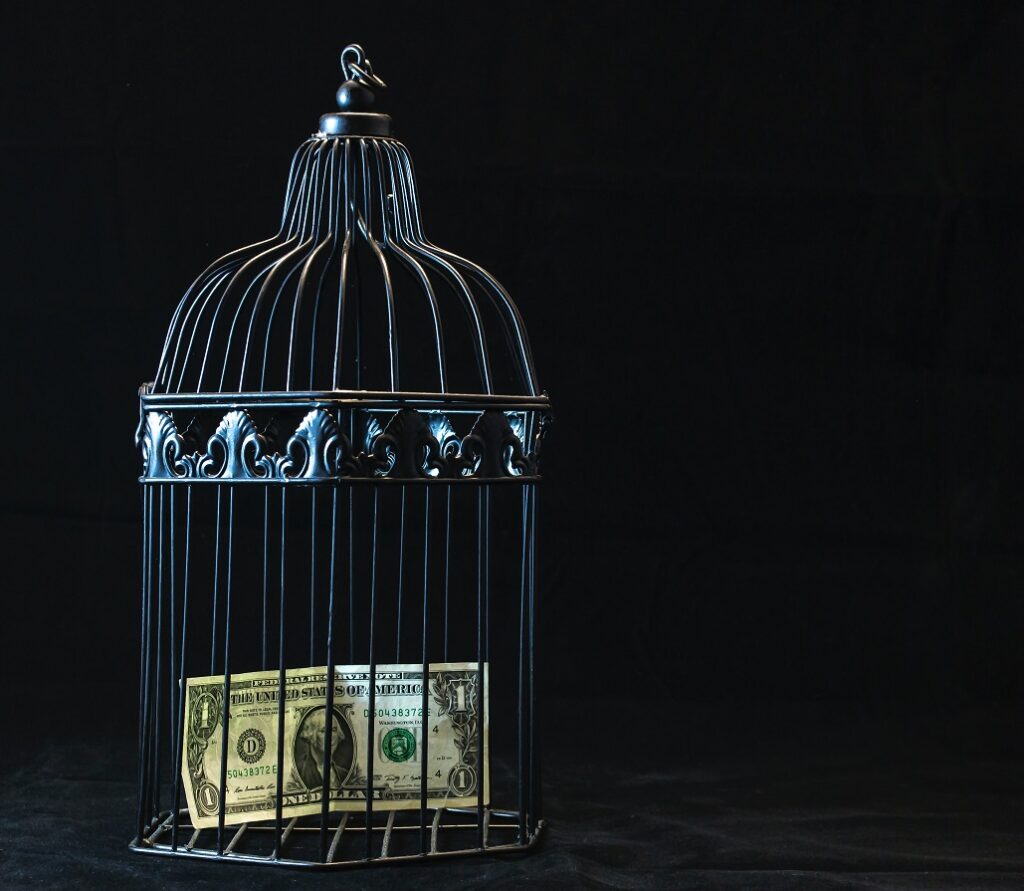
The Held to Maturity Trap
4/10/2023
The shocking collapse of Silicon Valley Bank and Signature Bank has uncovered the often-misunderstood risk that held to maturity securities and the lack of risk management oversight pose to our banking system. When most individuals invest in bonds, they are prepared to hold those bonds to their maturity date, and they typically do not borrow the money to buy them. Banks are different.
In 1978, I was managing money at a bank. We had the clever idea at the time to invest some of the bank’s assets in a security called a Ginnie Mae Mortgage-Backed Bond. These bonds were backed by 30-year home loans and carried the full faith and credit of the US government – there was zero credit risk in owning a Ginnie Mae. The appeal was that they yielded 8%! We were going to fund those bonds with money that we were getting from our checking accounts depositors. The cost of those deposits to the bank was 0%. Borrow at 0% and invest at 8% – sounded like easy money to us. However, shortly after the Ginnie Mae bonds were bought, the Fed began to raise short rates. By 1981, only three years after buying the Ginnie Mae 8% MBS bonds, the current market for the same security was 16%, and our portfolio of Ginnie Mae bonds were trading at .55 cents on the dollar. Even though it was a group committee decision to buy, I can remember regularly having to defend the purchase to senior management. It would take 10 long years for those securities to get back to their original cost.
With the failure of Silicon Valley Bank, many institutions are having to discuss their current Investment portfolios. They are very high-quality portfolios, but as we have seen, they can be costly to sell if interest rates have risen. Silicon Valley Bank got caught owning many low yielding securities in their portfolio, which they could not sell quickly to raise cash as depositors started to withdraw funds. Being stuck in this held to maturity trap can be a problem! No one knows how many banks have these large low yielding held to maturity portfolios. These securities were bought when the cost of deposits used to buy them was 0%. Since the Fed began raising interest rates last year, that cost has risen to 4.75%. Today these portfolios have large unrealized losses. Two things can fix this problem – time or lower interest rates.
On Tuesday, Jamie Dimon, the CEO of JP Morgan warned in his annual letter that the US banking crisis will be felt for years. He points out that while banks are regulated, it is up to the management of each individual bank to self-regulate. He noted that at his bank they employ 3,100 people in compliance and 7,100 people in risk management. Silicon Valley Bank did not have a chief risk officer for 8 months in 2022.
Carl Gambrell

